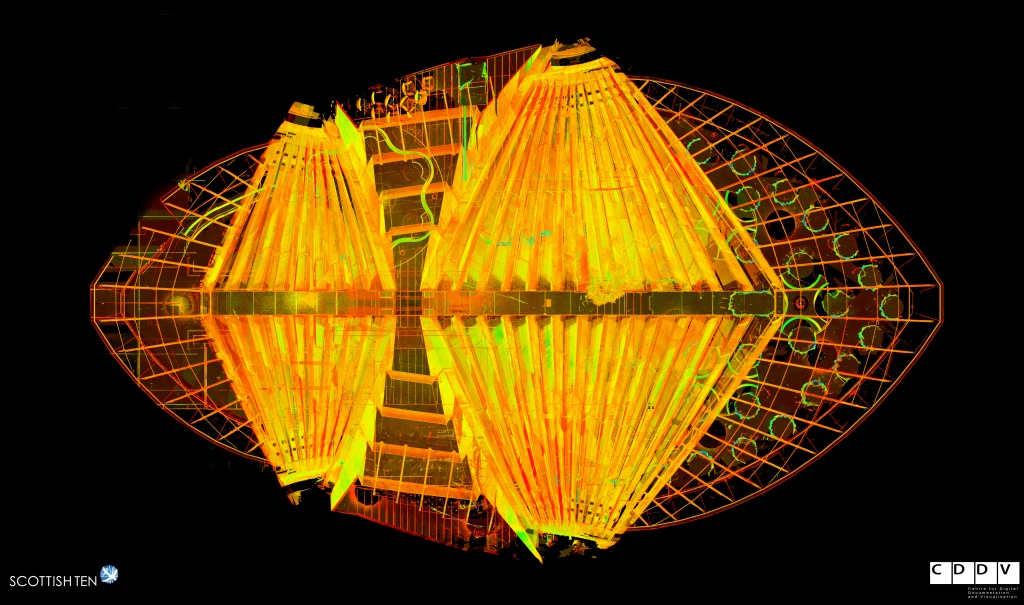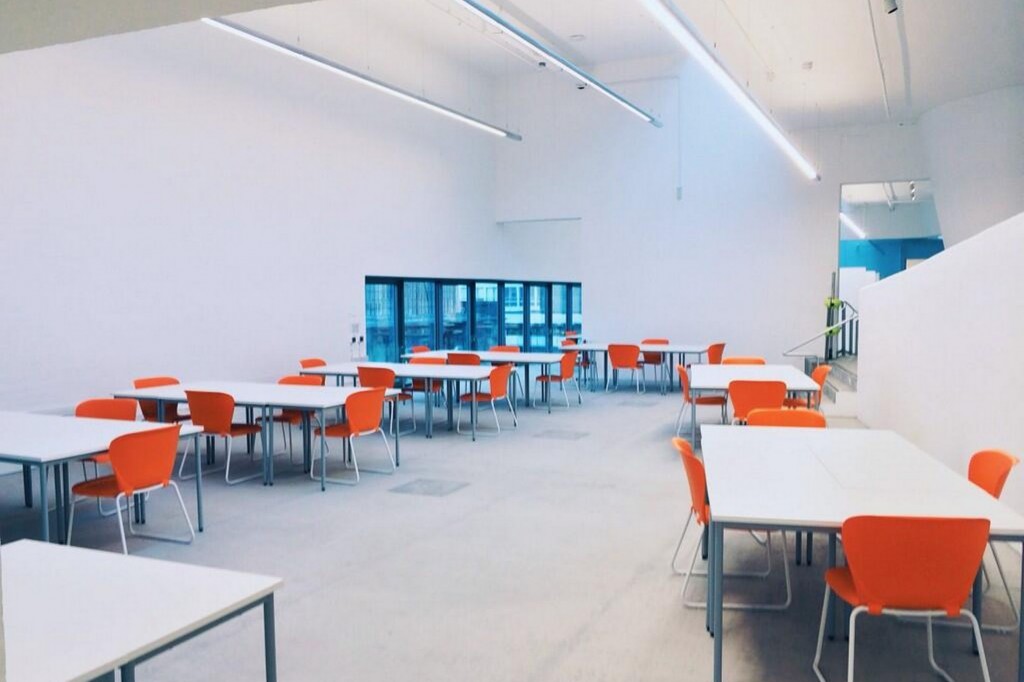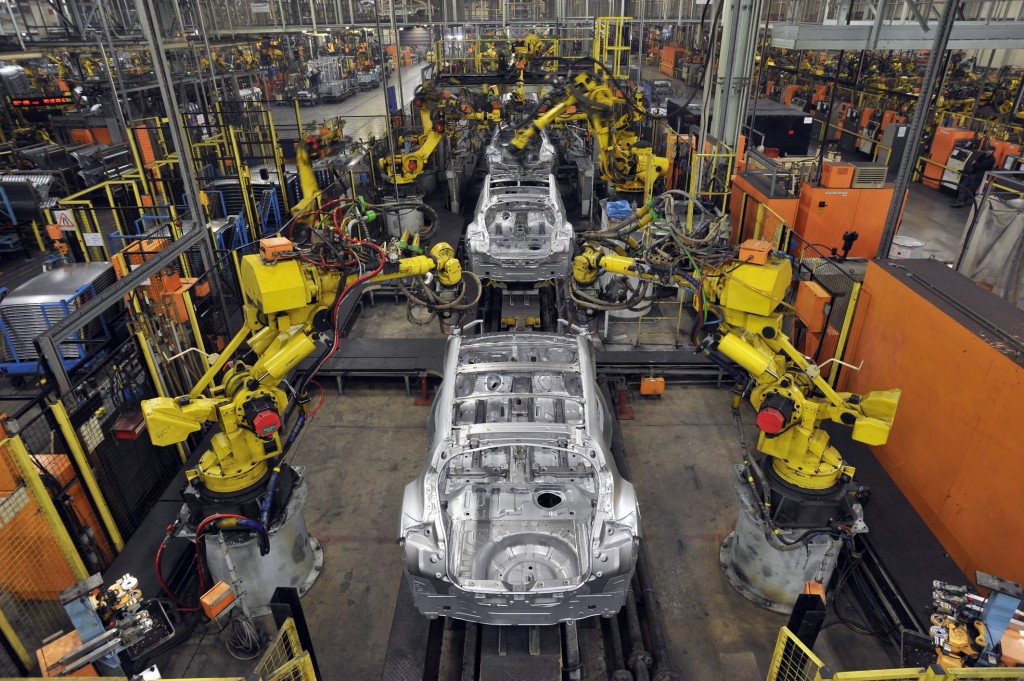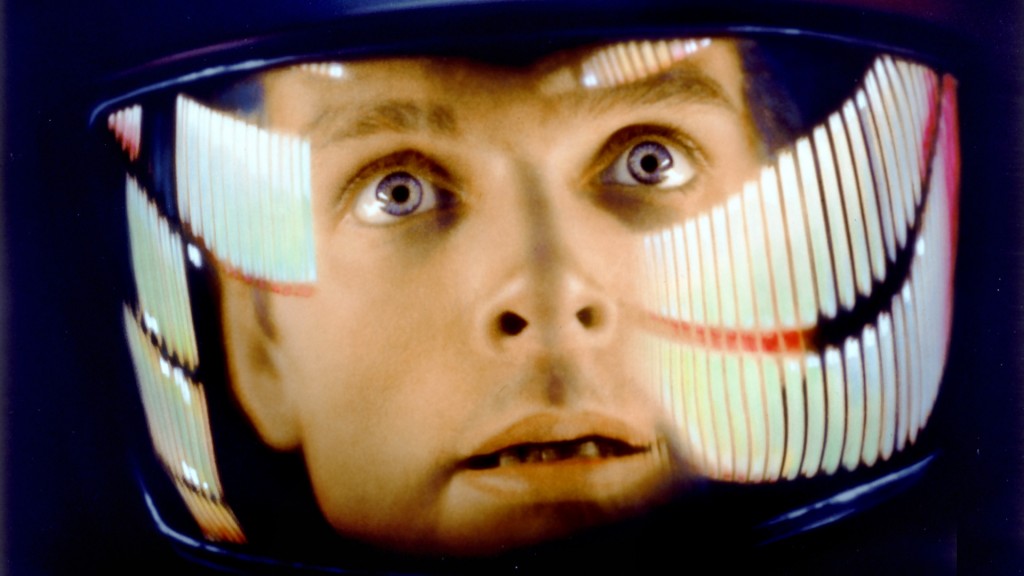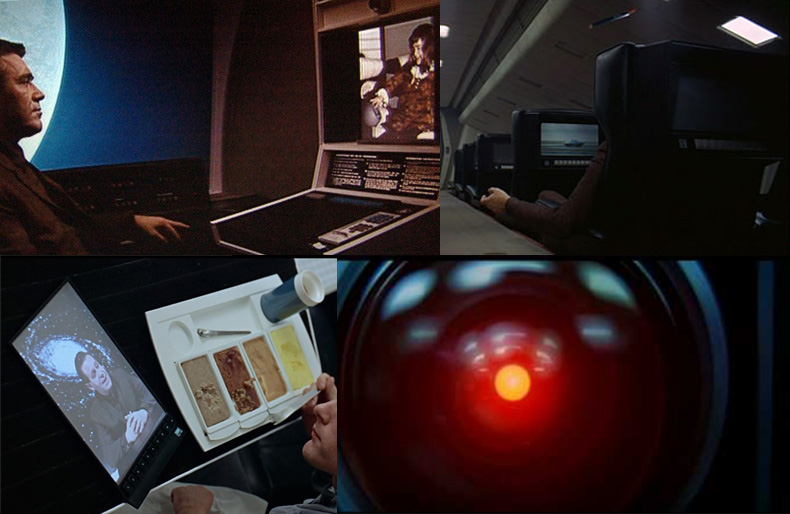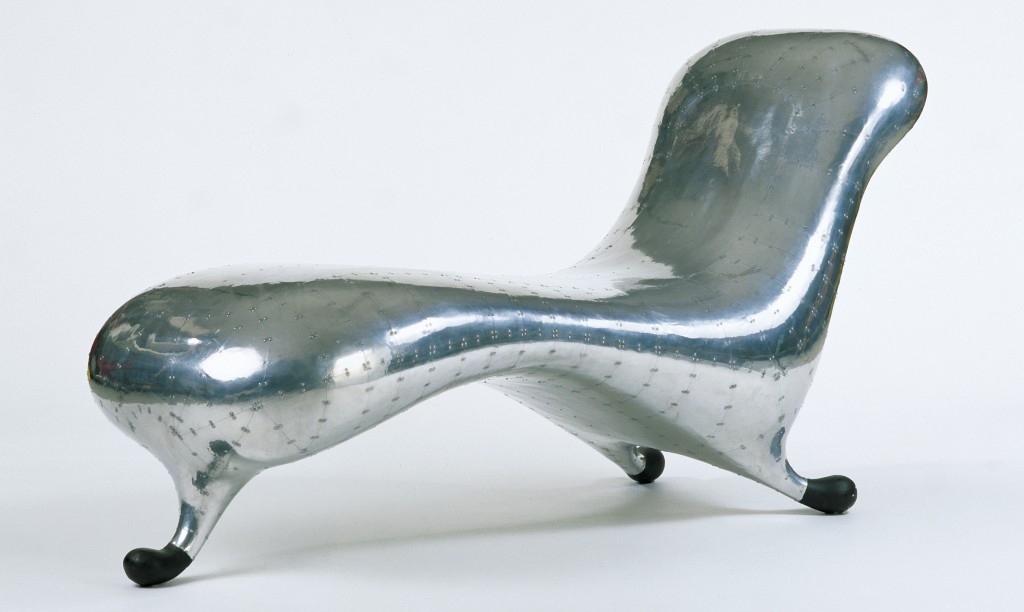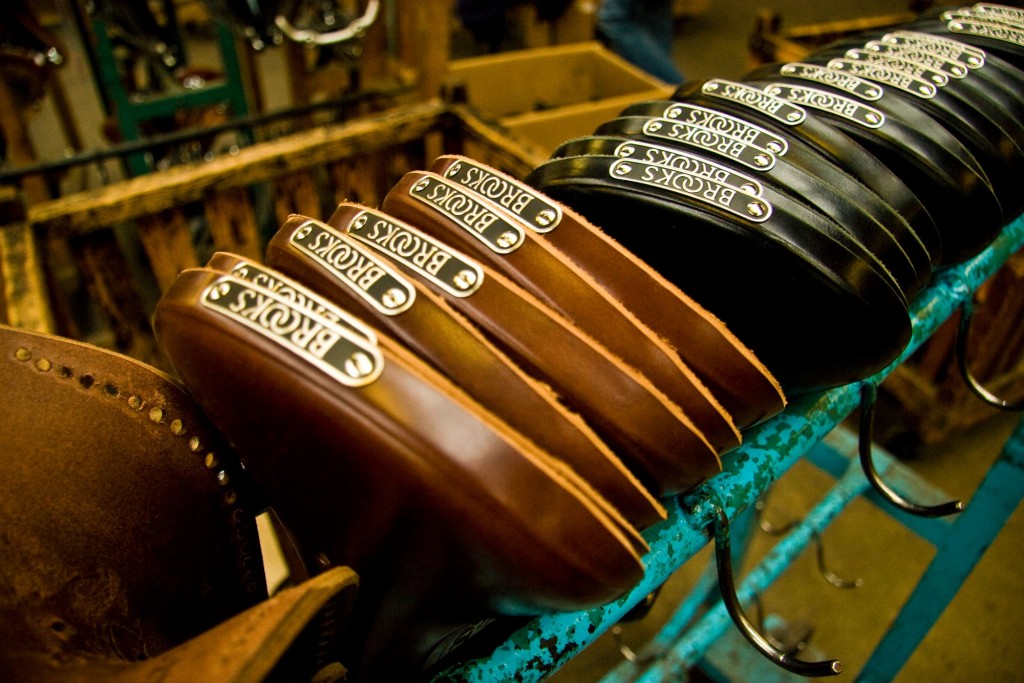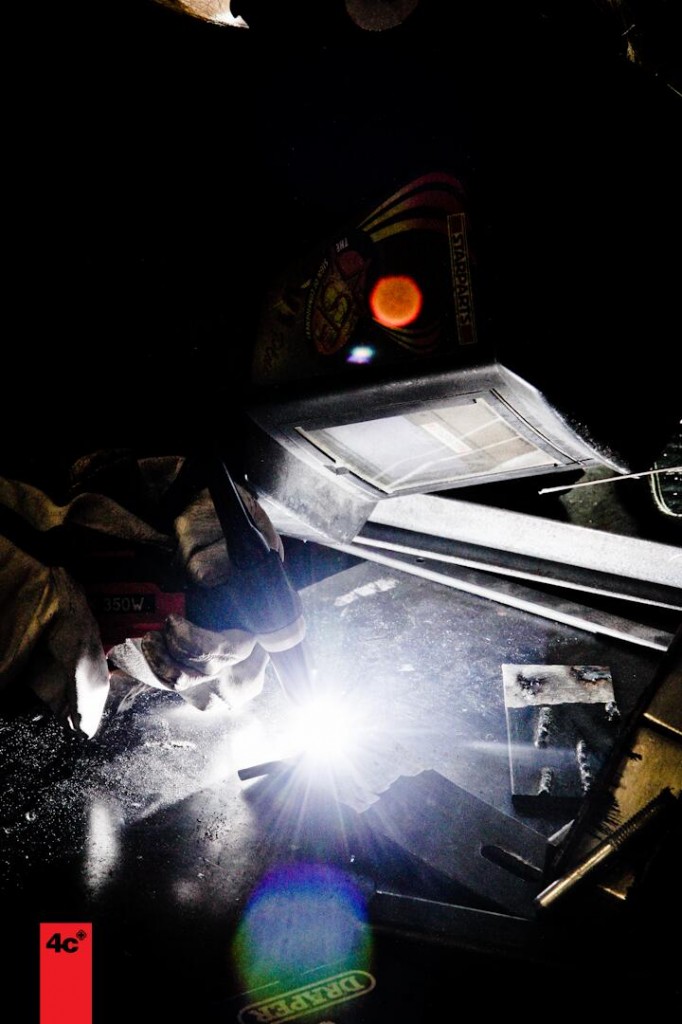
If you’re reading this blog, I have a confession to make. I love packaging! If you know me well… well you probably already know this. My rooms at home and in Glasgow are full of interesting boxes and bottles I have collected over the years. I’ve got from classic Coca-cola bottles to an assortment of Japanese biscuit boxes I found in the international section of Tescos.
This post is about my new found love for Cadbury’s Egg ‘n’ Spoon. These are irresistible little chocolate eggs filled with either milk or white chocolate mousse. However, my favourite thing about it is just opening it, its like Christmas! (or maybe it should be Easter?)
When you purchase a new product you are presented with a 4×4 ‘Cadbury’s signature Purple’ Egg box with a simple cardboard sleeve around it. First of all, why do Cadbury’s not sell their famous Creme Eggs in Egg Boxes? This has always bugged me! You take off the sleeve with the usual information e.g, this contains so much fat you will need to run a marathon to burn it all off. Then you open the box and you are presented with four shiny bronze chocolate eggs and not one but TWO Tiiiiinny Spoons. This is of course meant for you to share with a friend but who is ever gonna do that… These two spoons clip together neatly and slot in to a section in the centre ‘bulge’ to save space. The first time I opened this I got so excited, I got some strange looks in the studio as I was shouting everything about it to myself with joy…
The eggs themselves are packaging for the mousse and cadburys have done something very clever but thinning the chocolate around a zig-zagging crack on the egg so it can be easily cracked or bit off. You can then use the gorgeous tiny purple spoons to dig into the delicious mousse.
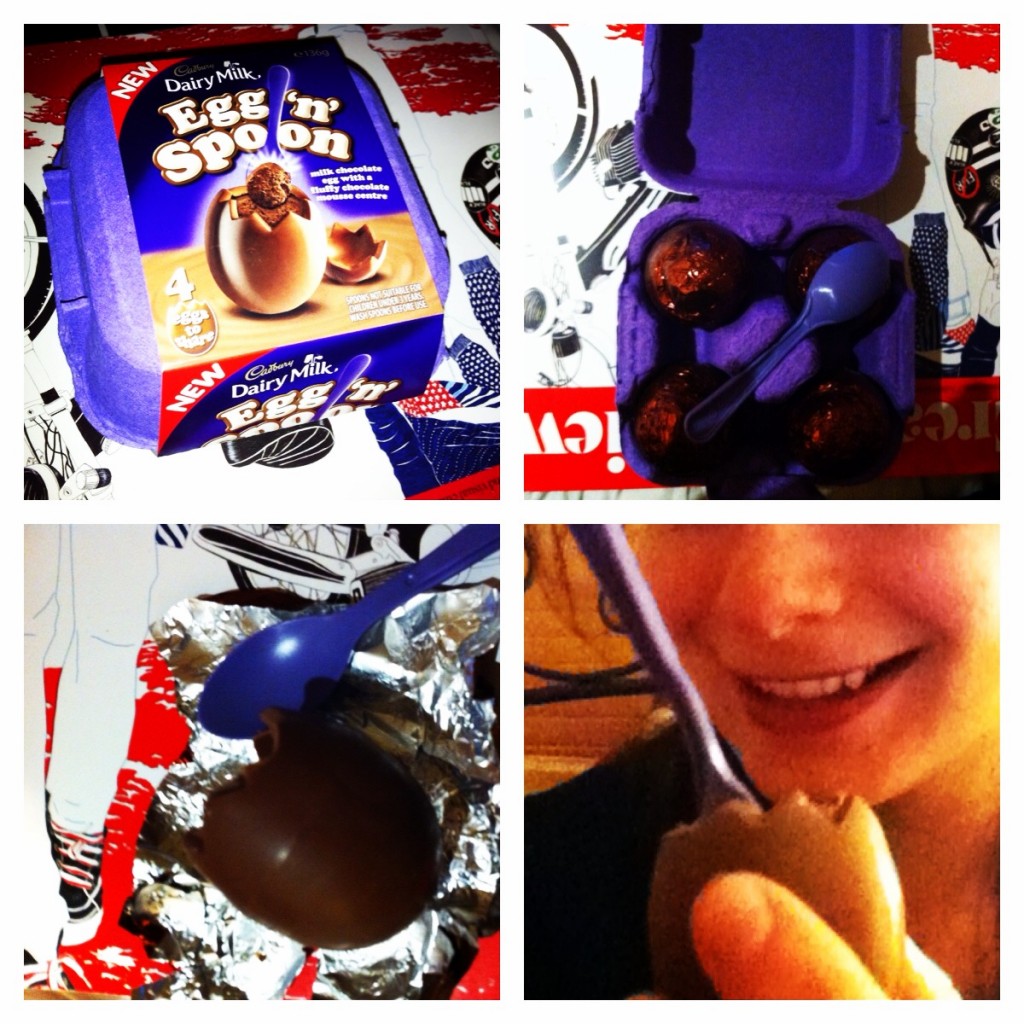
OM NOM NOM NOM
